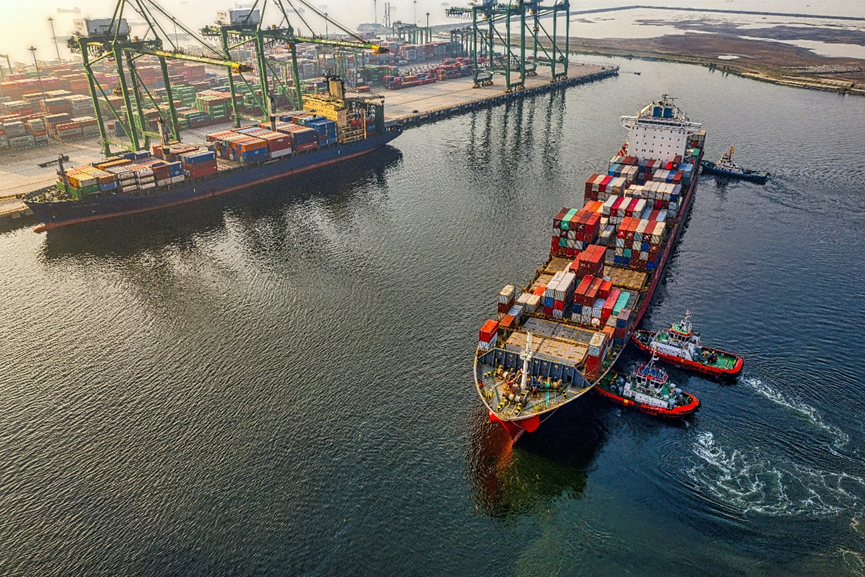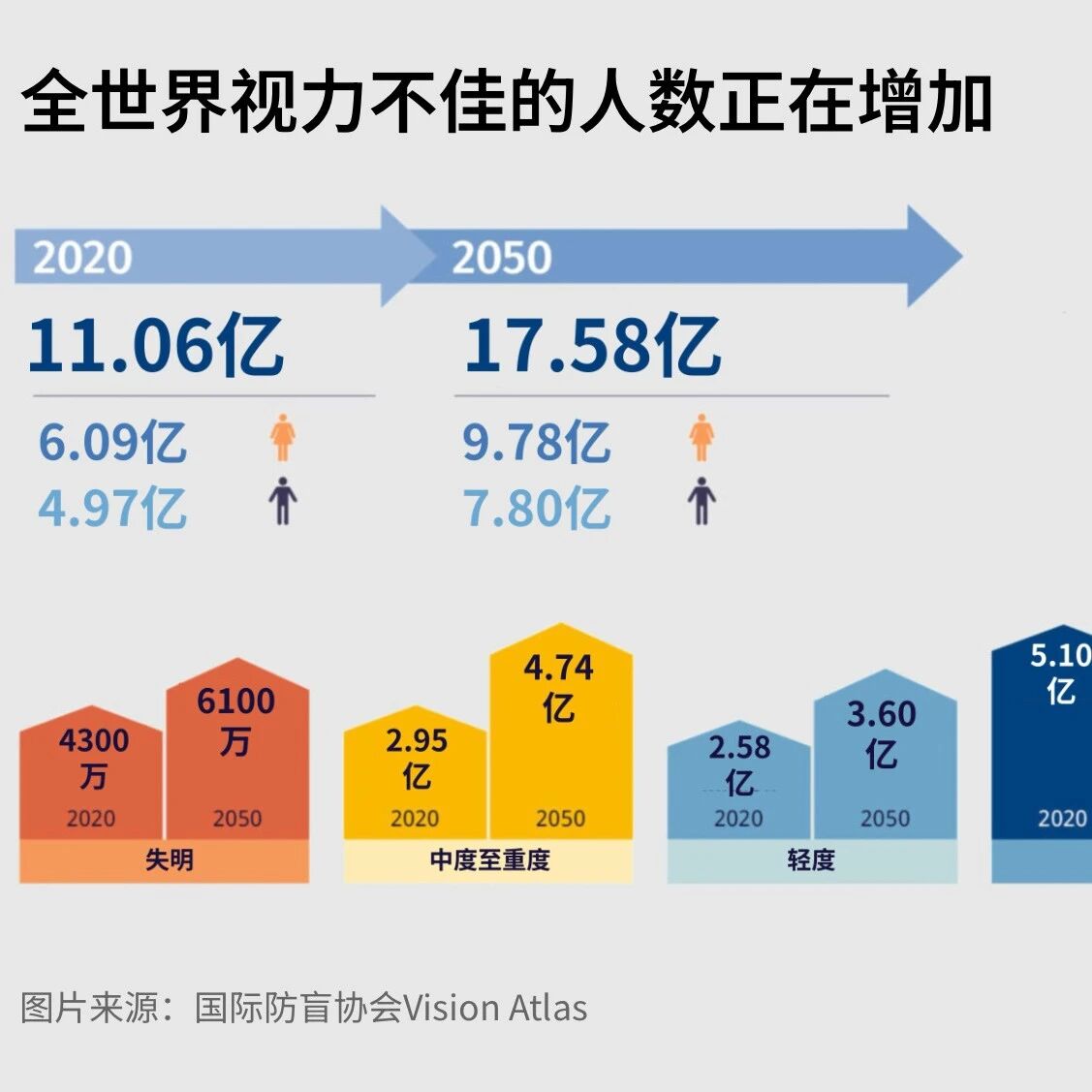

Image source:william william/unsplash
Mark Greeven
Dean of IMD's Asia Region, International Institute for Management Development, Lausanne, Switzerland
President Donald Trump's new tariff policy has not only heightened trade tensions but also rewritten the rules of the global trade game.
Asia now has the opportunity to lead the reshaping of globalization.
Forward-thinking managers must now build regionally tailored value-creation ecosystems.
April 2025 could very well mark the official end of "globalization"—at least the kind of "globalization" we’ve come to know.
On April 2, U.S. President Donald Trump announced the implementation of a comprehensive tariff policy, breaking decades of global trade norms: imposing a uniform 10% tariff on all imported goods, levying a steep 54% tariff on Chinese products, and introducing targeted sanctions against exports from Vietnam, Thailand, Indonesia, and Japan. Additionally, a 25% tax was placed on all imported vehicles, and the $800 tax exemption was eliminated, effectively closing the door for many direct-sales platforms.
For Asian economies deeply integrated into globalization, this is not a minor earthquake—but a profound structural transformation.
From Global Integration to Strategic Decoupling
The most profound impact of these tariff policies lies not in their magnitude, but in their intent. While the free-trade order once fueled Asia’s rise as the world’s manufacturing hub and innovation powerhouse, these tariffs now signal a complete break from that very same free-trade framework.
Supply chain diversification has been advancing since 2018, but the impact of tariffs has accelerated a deeper transformation—shifting from opportunistic cost arbitrage to strategic decoupling. The "China +1" strategy is no longer just about hedging risks; it now also requires forward-thinking regulatory insight, geopolitical intelligence capabilities, and robust scenario-planning skills.
Global companies can no longer assume that relocating production to Asian countries will shield them from geopolitical scrutiny. Products manufactured in Vietnam could still face tariffs if their components, intellectual property, or ownership structures have ties to China. The new trade rules not only scrutinize the origin of goods but also place greater emphasis on the entities producing them, the technologies employed, and the strategic objectives behind their creation.
This has shaken the global integrated supply-chain framework—on which Asian economies have relied for decades. Forward-thinking leaders must now build regionally anchored value-creation ecosystems, fostering fully localized research, production, and distribution capabilities within each major economic bloc.
Strategic priorities for global companies in Asia
For multinational corporations deeply rooted in Asia, their goal shouldn’t be retreat—but rather, reinvention. Asia remains a vital economic engine; however, the way businesses engage with the region must undergo a significant transformation. Three strategic priorities stand out as particularly critical:
First, build traceability into your core competitive edge. Beyond compliance, the ability to trace your supply chain will also become a key differentiator in the market. Investing in digital tracking, verification protocols, and third-party certifications is essential if you want to withstand increasingly rigorous scrutiny.
Second, build regional resilience. Establish parallel production ecosystems in the Americas, Europe, and Asia to reduce cross-continental dependencies. Mexico and Eastern Europe can serve as logical manufacturing hubs for the U.S. and EU markets, while Southeast Asia and India remain strategically vital—but require more thorough due diligence and efforts to minimize reliance on China’s supply chains.
Third, re-prioritize the market landscape. While the U.S. remains important, its role as the default engine of growth is shifting. Meanwhile, domestic demand in Asia continues to expand, particularly in ASEAN, India, and the Middle East. Companies must not only align their innovation roadmaps and market strategies with Western markets but also take into account these emerging consumer hubs.
Asian Businesses at a Crossroads of Development
For Asian companies with global ambitions—especially Chinese enterprises—this is precisely the pivotal moment to rethink and reshape their fundamental business models.
E-commerce giants like Temu and Shein are facing survival challenges as they expand into the U.S. Their business model—delivering low-priced goods directly to consumers with unparalleled efficiency—relies heavily on tax-free policies that have since been revoked. Meanwhile, Chinese electric vehicle manufacturers, battery producers, and tech companies are also grappling with significant growth barriers—barriers that go beyond tariffs, as their very eligibility to enter these markets is now being questioned.
To remain competitive, Asian companies must fundamentally reshape their global strategies.
1. Break free from Western-centric globalization. Asian companies must recognize that entering the U.S. market is no longer the sole path to enhancing their global relevance. Instead, they should focus on "non-aligned" markets—such as Latin America, Africa, and parts of Southeast Asia—where demand is growing and geopolitical tensions remain manageable.
2. Advancing strategic localization. The next phase of globalization calls for businesses to integrate more deeply with local ecosystems. Joint ventures, licensing arrangements, and subsidiaries that can truly operate autonomously will replace centralized control models. Companies must establish robust brand architectures and governance structures to achieve genuine localization.
3. Turn trust into a strategic asset. Relying solely on price-based competition is no longer sustainable. Asian companies must invest in building institutional trust, fostering regulatory coordination, and promoting transparent governance—positions that establish them as trusted global partners, rather than being viewed as geopolitical risk factors.
Industry Outlook for Specific Sectors
The impact of the new trade rules varies across industries. Some sectors and markets may even find opportunities amid the turbulent changes.
Electronics Manufacturing
Beneficiaries: Economies that have benefited from the U.S. and EU "friend-shoring" policies
Parties Affected: Suppliers from economies facing tariffs on origin-based goods
Strategic priority: Invest in origin certification and relocate upstream R&D to regions that meet the required standards.
Automotive Manufacturing
Beneficiaries: Manufacturers located near key markets and benefiting from robust trade agreements, such as the U.S.-Mexico-Canada Agreement.
The Setback Side: Confronting the Market Amid Escalating Tariffs
Strategic priority: Localizing final assembly and component production in the target market.
Cross-border e-commerce
Beneficiaries: Local and regional platforms with warehousing capabilities
Struggling party: D2C platforms reliant on direct shipping
Strategic priority: Establish a distribution center within the market to align with the tax systems of specific countries.
Advanced manufacturing
Beneficiaries: Manufacturers with lower dependence on China and the U.S.
The party on the losing end: businesses reliant on China-centric, complex supply networks—particularly in the ASEAN region.
Strategic Priority: Develop a well-structured procurement strategy to achieve verifiable geopolitical isolation.
Seeking innovation within constraints
Contrary to popular belief, this turmoil could actually accelerate the pace of innovation in Asia. After all, constraints often serve as the mother of invention.
We are entering a new era of "innovation under pressure"—a capability that also serves as a competitive advantage.
Frugal engineering can deliver breakthroughs in cost-effectiveness.
Modular design architecture enables companies to quickly adapt their operations to shifting trade dynamics.
Digital traceability, including blockchain-based provenance tracking and AI-powered origin verification, will become a critical component of the innovation stack.
Asian companies, long regarded as "rapid imitators," are now poised to become "nimble pioneers"—provided they clearly define their goals and wholeheartedly embrace this transformative shift.
Executive Action Plan
For business leaders navigating the new world order, six concrete actions can help them move beyond passivity and demonstrate resilience:
Build regional supply chains. Design independent yet coordinated supply chains for each major market, and decentralize decision-making authority.
Cultivate geopolitical intelligence capabilities. Scenario planning must go beyond traditional business variables, encompassing political and regulatory trajectories.
Elevate compliance to a strategic level. It is essential to integrate rules of origin, import regulations, and political risk assessments into core business processes.
Invest in the emerging Global South. The next billion consumers will emerge in markets less directly affected by U.S.-China tensions—strategies should be tailored accordingly.
Innovation is decentralized. Regional teams are empowered to develop solutions tailored to specific markets, rather than relying on centralized R&D.
Mastering multi-regional execution capabilities. The key to success lies in deeply integrating into multiple ecosystems, rather than merely appearing "global" on the surface.
Final thoughts
This is not the end of globalization—it’s evolution.
We are witnessing the end of a unique model of globalization—one that was built on the assumptions of borderless commerce, frictionless trade, and economic efficiency prioritized over strategic resilience.
For business leaders across Asia and beyond, the message is clear: adapt—or risk being left behind. Success belongs to organizations that don’t just react passively to change, but instead strategically redefine their positioning in an increasingly multipolar world.
The future belongs to companies that can reshape globalization—not by viewing it as a single, straight highway, but as a meticulously planned, interconnected network. For global and Asian businesses alike, now is the perfect time to rethink, replan, and reinvest. Those leaders who spearhead this transformation—and who redefine globalization through a regional lens—won’t just survive the changes—they’ll shape the very future of global commerce.

The above content represents the author's personal views only.This article is translated from the World Economic Forum's Agenda blog; the Chinese version is for reference purposes only.Feel free to share this in your WeChat Moments. For reprints, please leave a message at the end of the article or in our official account.
Translated by: Sun Qian | Edited by: Wan Ruxin
The World Economic Forum is an independent and neutral platform dedicated to bringing together diverse perspectives to discuss critical global, regional, and industry-specific issues.
Follow us on Weibo, WeChat Video Channels, Douyin, and Xiaohongshu!
"World Economic Forum"


